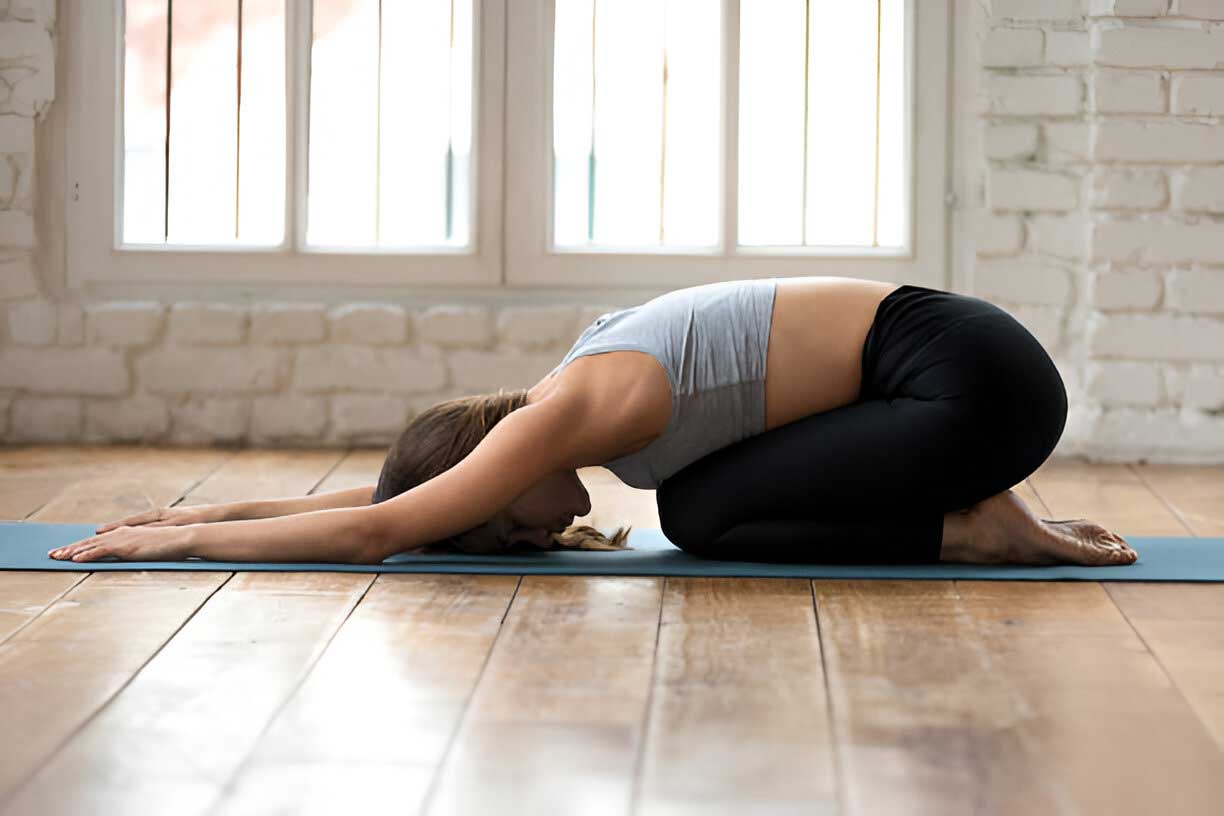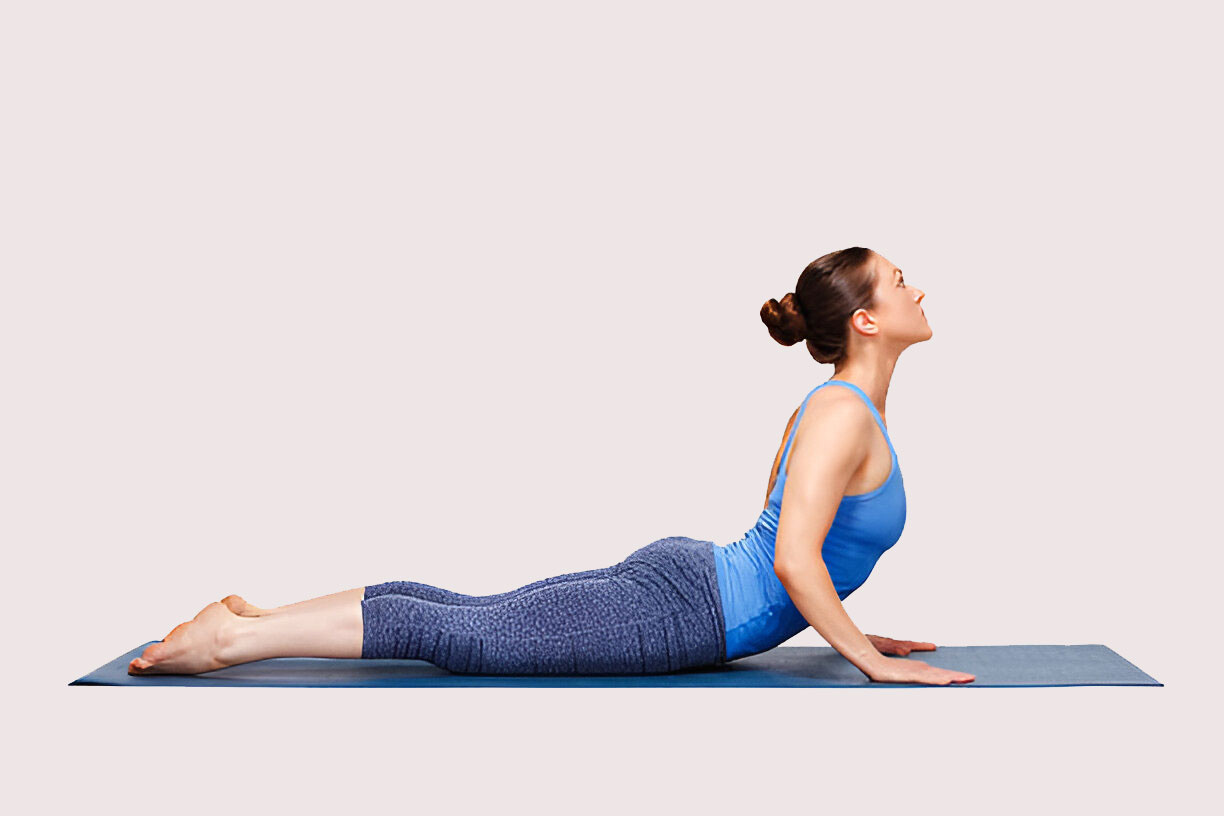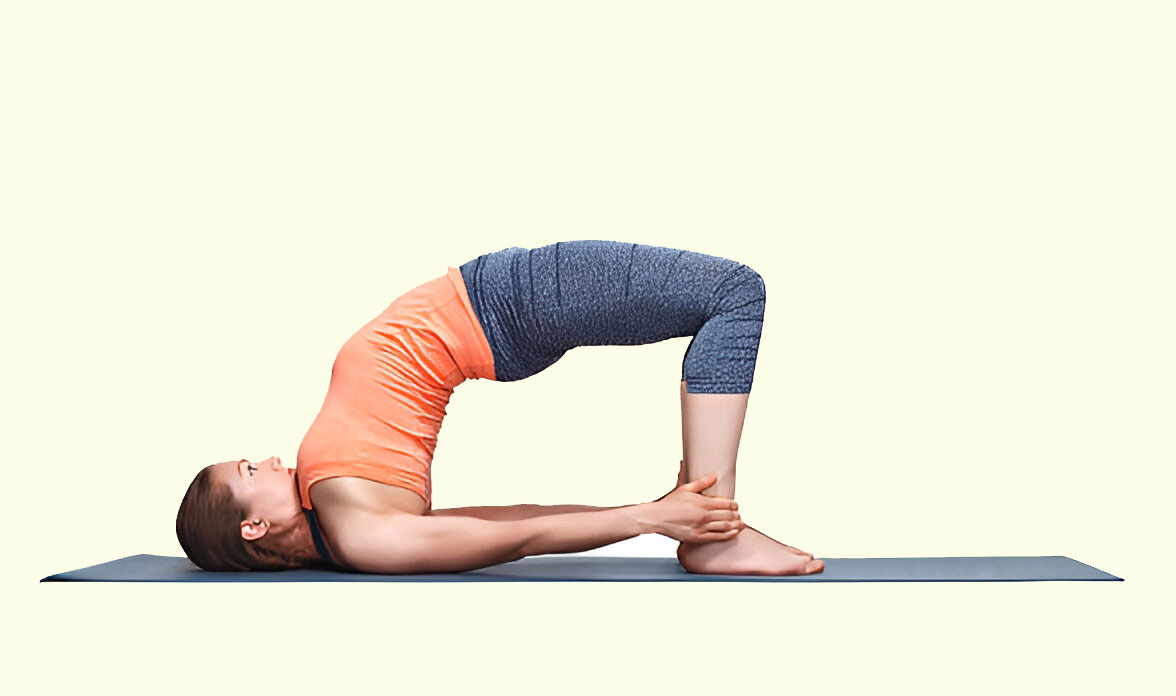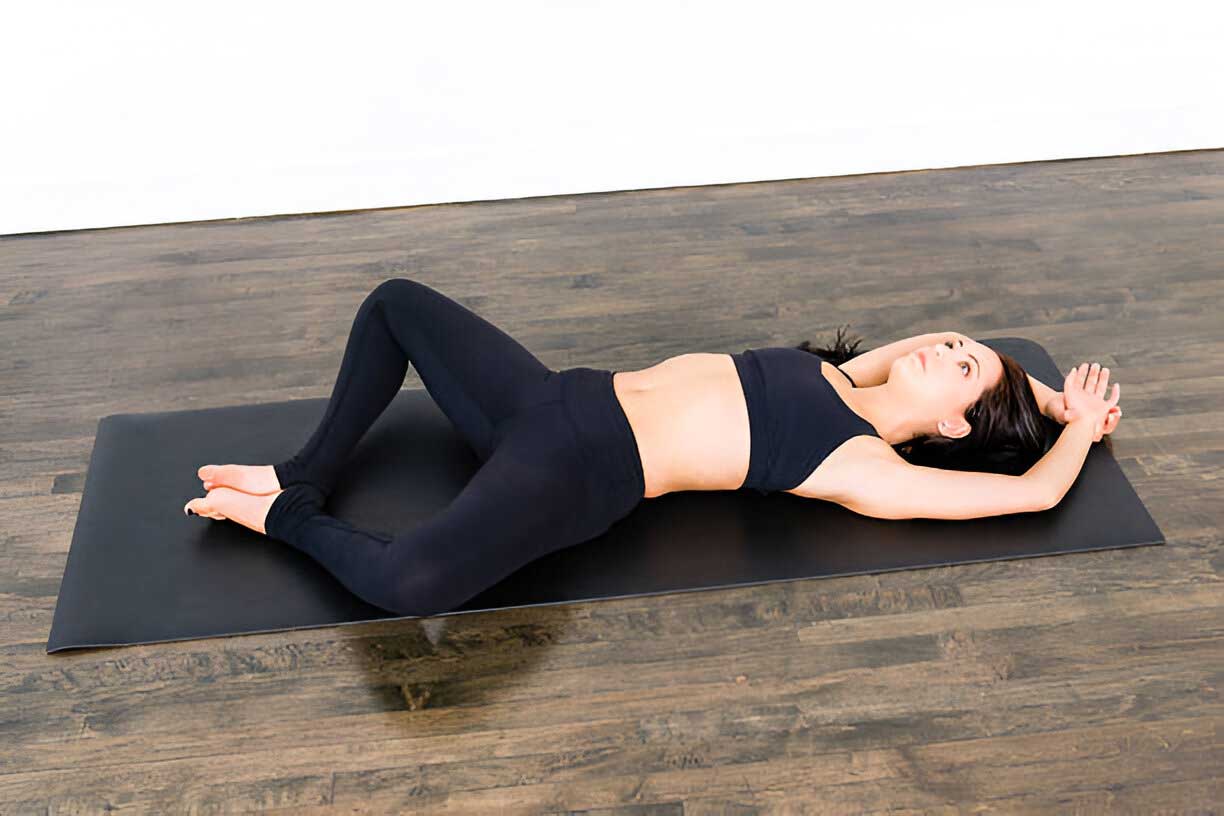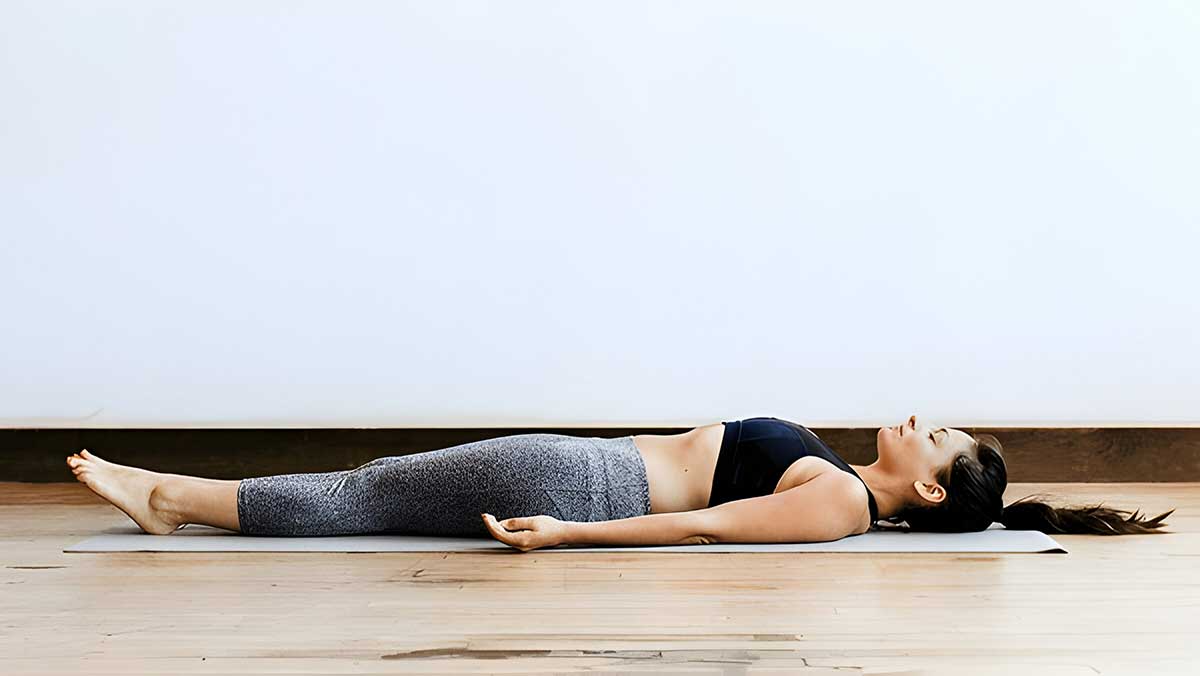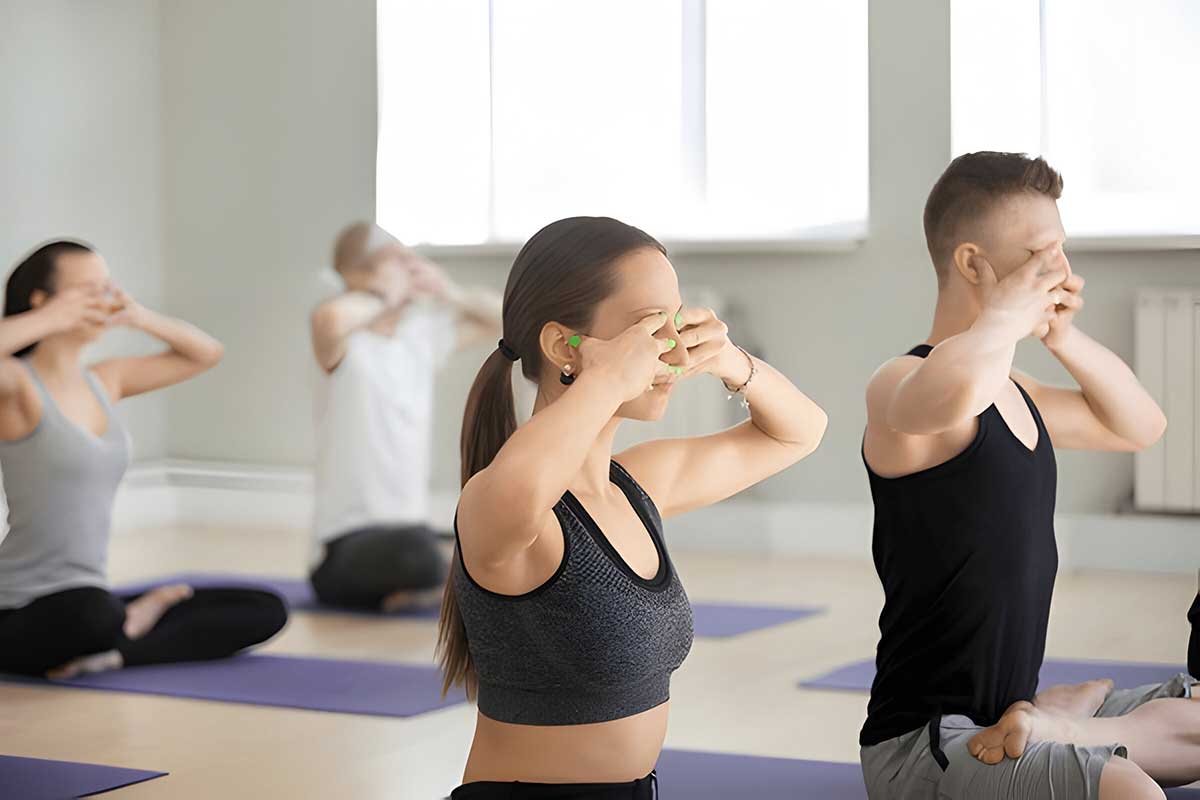Can Yoga Help in Managing Fibromyalgia Pain?
Fibromyalgia is a chronic condition characterized by widespread musculoskeletal pain, fatigue, sleep disturbances, and cognitive difficulties. This condition affects millions of people worldwide, and its exact cause remains unknown. However, it is believed to be related to how the brain and spinal cord process pain signals. Traditional treatments for fibromyalgia include medications, physical therapy, and lifestyle changes, but many individuals seek complementary therapies like yoga to manage symptoms. Yoga, with its holistic approach to health, can be particularly beneficial for those with fibromyalgia by improving physical function, reducing pain, and enhancing mental well-being.
This comprehensive guide explores how yoga can help manage fibromyalgia pain, including specific yoga poses, breathing techniques, and mindfulness practices that can support overall health and well-being.
Understanding Fibromyalgia
Fibromyalgia is a complex condition that affects the central nervous system, leading to an increased sensitivity to pain. Individuals with fibromyalgia often experience widespread pain, tender points, stiffness, fatigue, and difficulty sleeping. In addition to physical symptoms, fibromyalgia can also cause cognitive issues, often referred to as “fibro fog,” which includes problems with memory, concentration, and mental clarity.
Common Symptoms of Fibromyalgia:
- Widespread Pain: Persistent pain in muscles, tendons, and ligaments
- Fatigue: Extreme tiredness that does not improve with rest
- Sleep Disturbances: Difficulty falling or staying asleep, restless sleep
- Cognitive Issues: Difficulty concentrating, memory problems, mental fog
- Stiffness: Morning stiffness, especially after prolonged periods of inactivity
- Mood Disturbances: Anxiety, depression, irritability
How Yoga Helps in Managing Fibromyalgia Pain
Yoga is a mind-body practice that combines physical postures (asanas), breath control (pranayama), and meditation to promote overall health. Regular yoga can help manage fibromyalgia pain by:
- Reducing Muscle Tension: Yoga stretches and relaxes muscles, reducing tension and stiffness, which are common in fibromyalgia.
- Improving Circulation: Yoga enhances blood flow, delivering oxygen and nutrients to muscles and tissues, which can reduce pain and inflammation.
- Promoting Relaxation: Yoga reduces stress and anxiety by calming the nervous system, which can help decrease the perception of pain.
- Enhancing Flexibility and Strength: Yoga improves flexibility, strength, and range of motion, which can alleviate physical symptoms of fibromyalgia.
- Supporting Mental and Emotional Well-being: Yoga promotes mindfulness, mental clarity, and emotional balance, which can help manage the psychological aspects of fibromyalgia.
Yoga Poses for Managing Fibromyalgia Pain
Certain yoga poses are particularly beneficial for individuals with fibromyalgia. These poses help reduce muscle tension, improve circulation, and promote relaxation, all of which can help manage fibromyalgia pain.
1. Balasana (Child’s Pose)
Balasana, or Child’s Pose, is a gentle resting pose that stretches the back, hips, and thighs. This pose helps reduce muscle tension, calm the nervous system, and promote relaxation.
How to Perform:
- Kneel on the floor with your big toes touching and your knees spread apart.
- Sit back on your heels and extend your arms forward, lowering your forehead to the floor.
- Rest in this position for 1 to 3 minutes, breathing deeply.
- Slowly rise to return to a seated position.
Benefits:
- Reduces tension in the back, hips, and thighs
- Calms the nervous system and promotes relaxation
- Helps alleviate pain and stiffness
2. Sukhasana (Easy Pose)
Sukhasana, or Easy Pose, is a simple seated position that promotes relaxation and mindfulness. This pose helps reduce muscle tension, improve posture, and enhance mental clarity.
How to Perform:
- Sit on the floor with your legs crossed and your hands resting on your knees.
- Lengthen your spine, sitting up tall, and relax your shoulders.
- Close your eyes and focus on your breath, inhaling and exhaling deeply.
- Sit in this position for 5 to 10 minutes, practicing mindful breathing.
Benefits:
- Promotes relaxation and reduces muscle tension
- Enhances mental clarity and emotional balance
- Improves posture and supports overall well-being
3. Viparita Karani (Legs-Up-the-Wall Pose)
Viparita Karani, or Legs-Up-the-Wall Pose, is a restorative pose that helps reduce fatigue, improve circulation, and promote relaxation. This pose is beneficial for alleviating pain and tension in the lower back and legs.
How to Perform:
- Sit close to a wall and lie on your back, extending your legs up the wall.
- Rest your arms by your sides, palms facing up, and close your eyes.
- Stay in this position for 5 to 15 minutes, breathing deeply.
- To come out of the pose, bend your knees and slowly roll to one side.
Benefits:
- Reduces fatigue and promotes relaxation
- Improves circulation and alleviates pain in the lower back and legs
- Calms the mind and reduces stress
4. Bhujangasana (Cobra Pose)
Bhujangasana, or Cobra Pose, is a gentle backbend that stretches the spine, chest, and shoulders. This pose helps reduce muscle tension, improve posture, and enhance energy levels.
How to Perform:
- Lie on your stomach with your legs extended and feet together.
- Place your hands under your shoulders, palms facing down.
- Inhale and lift your chest off the ground, keeping your elbows slightly bent.
- Hold the pose for 15 to 30 seconds, breathing deeply.
- Slowly release the pose and return to the starting position.
Benefits:
- Reduces tension in the spine, chest, and shoulders
- Improves posture and enhances energy levels
- Supports overall well-being and reduces pain
5. Setu Bandhasana (Bridge Pose)
Setu Bandhasana, or Bridge Pose, is a gentle backbend that stretches the back, hips, and thighs. This pose helps improve circulation, reduce muscle tension, and promote relaxation.
How to Perform:
- Lie on your back with your knees bent and feet flat on the floor, hip-width apart.
- Place your arms by your sides, palms facing down.
- Lift your hips towards the ceiling, rolling your shoulders underneath you.
- Clasp your hands together under your back and hold the pose for 30 seconds to 1 minute, breathing deeply.
- Slowly release the pose and return to the starting position.
Benefits:
- Reduces tension in the back, hips, and thighs
- Improves circulation and promotes relaxation
- Enhances flexibility and supports overall well-being
6. Supta Baddha Konasana (Reclining Bound Angle Pose)
Supta Baddha Konasana, or Reclining Bound Angle Pose, is a restorative pose that stretches the hips, groin, and thighs. This pose helps reduce muscle tension, improve flexibility, and promote relaxation.
How to Perform:
- Lie on your back with your knees bent and feet flat on the floor.
- Bring the soles of your feet together, allowing your knees to fall open to the sides.
- Rest your arms by your sides, palms facing up, and close your eyes.
- Stay in this position for 5 to 10 minutes, breathing deeply.
- To come out of the pose, gently bring your knees together and roll to one side.
Benefits:
- Reduces tension in the hips, groin, and thighs
- Improves flexibility and promotes relaxation
- Calms the mind and reduces stress
7. Shavasana (Corpse Pose)
Shavasana, or Corpse Pose, is a relaxation pose that allows the body and mind to fully rest. This pose helps reduce stress, alleviate pain, and promote overall well-being.
How to Perform:
- Lie flat on your back with your legs extended and arms by your sides, palms facing up.
- Close your eyes and focus on your breath, allowing your body to relax completely.
- Stay in this position for 5 to 15 minutes, breathing deeply.
- To come out of the pose, gently roll to one side and slowly sit up.
Benefits:
- Promotes deep relaxation and reduces stress
- Alleviates pain and supports overall well-being
- Enhances mental clarity and emotional balance
Pranayama for Managing Fibromyalgia Pain
Pranayama, or breath control, is an essential aspect of yoga that helps regulate the body’s energy and promote relaxation. Specific pranayama techniques can support fibromyalgia management by reducing stress, enhancing circulation, and alleviating pain.
1. Nadi Shodhana (Alternate Nostril Breathing)
Nadi Shodhana, or Alternate Nostril Breathing, is a balancing pranayama technique that helps regulate the flow of energy in the body. This practice can promote relaxation, reduce stress, and alleviate pain associated with fibromyalgia.
How to Perform:
- Sit in a comfortable position with your spine straight.
- Close your right nostril with your thumb and inhale deeply through your left nostril.
- Close your left nostril with your ring finger and exhale through your right nostril.
- Inhale through your right nostril, close it, and exhale through your left nostril.
- Continue this alternate nostril breathing for 5 to 10 minutes.
Benefits:
- Balances the flow of energy in the body
- Promotes relaxation and reduces stress
- Alleviates pain and enhances mental clarity
2. Bhramari Pranayama (Bee Breath)
Bhramari Pranayama, or Bee Breath, is a calming pranayama technique that involves making a humming sound during exhalation. This practice helps reduce stress, calm the mind, and alleviate pain.
How to Perform:
- Sit in a comfortable position with your spine straight.
- Close your eyes and place your index fingers on the cartilage of your ears.
- Inhale deeply through your nose.
- Exhale slowly, making a humming sound like a bee.
- Continue this practice for 5 to 10 minutes.
Benefits:
- Reduces stress and calms the mind
- Alleviates pain and promotes relaxation
- Enhances mental clarity and emotional balance
3. Kapalbhati Pranayama (Skull Shining Breath)
Kapalbhati Pranayama, also known as Skull Shining Breath, is a powerful breathing technique that helps detoxify the body, improve circulation, and boost energy levels. This practice can support fibromyalgia management by enhancing overall vitality and reducing pain.
How to Perform:
- Sit in a comfortable position with your spine straight.
- Inhale deeply through your nose, expanding your abdomen.
- Exhale forcefully through your nose, contracting your abdominal muscles with each exhalation.
- Continue this rapid exhalation for 1 to 3 minutes, then relax.
Benefits:
- Detoxifies the body and improves circulation
- Boosts energy levels and alleviates pain
- Enhances overall well-being and reduces stress
Meditation and Mindfulness for Managing Fibromyalgia
Meditation and mindfulness practices are essential components of yoga that help calm the mind, reduce stress, and promote emotional well-being. These practices can be particularly beneficial for individuals with fibromyalgia, as stress and emotional imbalances can exacerbate physical symptoms.
1. Mindfulness Meditation
Mindfulness meditation involves focusing on the present moment and observing your thoughts and sensations without judgment. This practice helps reduce stress, improve mental clarity, and promote relaxation.
How to Practice:
- Sit in a comfortable position with your spine straight.
- Close your eyes and focus on your breath, observing each inhalation and exhalation.
- If your mind wanders, gently bring your attention back to your breath.
- Practice mindfulness meditation for 10 to 20 minutes daily.
Benefits:
- Reduces stress and promotes emotional balance
- Enhances mental clarity and supports relaxation
- Alleviates pain and supports overall well-being
2. Guided Visualization
Guided visualization is a meditation technique that involves imagining positive, healing images to promote relaxation and well-being. This practice can help reduce stress and alleviate pain associated with fibromyalgia.
How to Practice:
- Sit or lie down in a comfortable position and close your eyes.
- Imagine a warm, healing light surrounding your body, promoting balance and health.
- Visualize the light spreading throughout your body, bringing relaxation and well-being.
- Continue this visualization for 10 to 20 minutes daily.
Benefits:
- Promotes relaxation and reduces stress
- Alleviates pain and enhances mental clarity
- Supports emotional well-being and overall health
Lifestyle Changes to Support Fibromyalgia Management
In addition to yoga and pranayama, certain lifestyle changes can support fibromyalgia management and complement your yoga practice.
1. Balanced Diet
A balanced diet plays a crucial role in managing fibromyalgia symptoms. Include foods rich in antioxidants, fiber, and healthy fats, such as leafy greens, berries, nuts, seeds, and olive oil, to support overall health. Avoid processed foods, excessive sugar, and caffeine, which can exacerbate symptoms.
2. Regular Exercise
Regular physical activity, in addition to yoga, helps maintain a healthy weight, improve circulation, and reduce stress. Engage in low-impact exercises like walking, swimming, or cycling to support overall health.
3. Adequate Sleep
Adequate sleep is essential for managing fibromyalgia symptoms. Establish a consistent sleep schedule, create a relaxing bedtime routine, and ensure your sleep environment is comfortable and conducive to rest.
4. Stress Management
Managing stress is crucial for individuals with fibromyalgia. In addition to yoga and meditation, consider incorporating relaxation techniques such as deep breathing, journaling, or spending time in nature into your daily routine.
Conclusion
Yoga offers a holistic and effective approach to managing fibromyalgia pain by reducing muscle tension, improving circulation, promoting relaxation, and enhancing overall well-being. By incorporating specific yoga poses, pranayama techniques, and meditation practices into your daily routine, you can support fibromyalgia management, alleviate pain, and improve your quality of life.
In addition to yoga, adopting a balanced diet, regular exercise, adequate sleep, and stress management practices can further support fibromyalgia management and complement your yoga practice. Whether you’re dealing with widespread pain, fatigue, or cognitive difficulties, yoga provides a natural and effective way to manage symptoms and promote well-being.
With consistent practice and a mindful approach, yoga can become a powerful tool in your journey toward better fibromyalgia management and a balanced, harmonious life.


